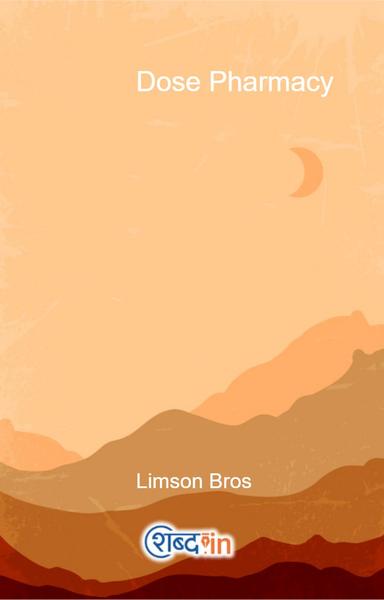'A journey of a thousand miles begins with a single step'
-Lao Tzu
Mickey had no clue about her skin type. She said her mother gave her good genes and so her skin did not need any extra care. 'Doc, why don't you tell me about all skin types if it is important. That way, I can help my family and friends buy the right products too. I want them all to glow on my big day.' Mickey was rather generous, I'd say. I sat with her for almost two hours, describing the various skin types.
When thirty-two-year-old Mrinal, an HR executive, went on the hunt for a night cream, she got thoroughly confused. There were a multitude of creams by innumerable brands. All of them looked tempting and promised miracles. But these creams were specially tailored for different skin types and would work best if we chose the right one. Mrinal's first hurdle was to identify her skin type. She sought help from the salesgirl at the desk. The salesgirl was sweet and helpful and Mrinal thought she had bought the best night cream for herself. However, within two days of applying the cream, she broke into a rash.
'I bought the cream the girl suggested!' she told me. What Mrinal didn't realize was that the salesgirl was neither a trained aesthetician nor a pharmacist. She was only selling her product. It is important to either consult a dermatologist or learn to identify your own skin type before buying a skincare product.
Like Mrinal, there are many people who do not know their skin type-and Mickey was no exception. There are many others who do not know what creams to buy for themselves. So let's start by learning to identify our skin type.
Know your skin
Skin is made up of the upper epidermis and lower dermis. The upper epidermis has many layers of cells. The topmost layers, composed of dead cells, lipids, keratin, urea, salts and 30 per cent water, together form the stratum corneum. They also make up the skin's natural moisturizing factors (NMF). The stratum corneum forms a barrier that protects the skin and prevents toxins from entering.
The epidermis consists of five layers. The lowermost layer of the epidermis, known as the stratum basale, is of significance to us. It comprises cells called keratinocytes and melanocytes. Keratinocytes form the factory that produces new cells. From this layer, old cells gradually travel upwards to reach the surface of the skin and are then shed in twenty-eight days. Melanocytes produce the pigment melanin that gives skin its colour.
The other layers
The lower part of skin is known as the dermis. The dermis contains an important
molecule called hyaluronic acid-a polysaccharide glycosaminoglycan-that builds moisture in the skin. It has the unique capacity to bind and retain water molecules. It helps maintain the resilience and smooth texture of skin. The dermis is also comprised of collagen fibres that give skin structural support and elastin fibres that give skin its suppleness and elasticity. Sweat glands that secrete sweat, sebaceous glands (the oil glands of the skin) that secrete an oil called sebum, hair follicles (hair roots), blood vessels, lymphatics and nerves all lie in the dermis.
Below the dermis lies the subcutaneous or fat layer, followed by fascia, muscle and bone.
What does our skin do?
Apart from adorning us and making us look beautiful, our skin also forms the protective wall around our internal organs. It protects us against the scorching heat, the bitter cold, the swarm of microbes and the layers of pollution. It produces vitamin D. It acts like a warehouse which stores fat, water and metabolic products. It allows us to feel pain, touch, heat and cold. It also acts as a thermostat because it regulates temperature and protects us from too much cold or heat.








